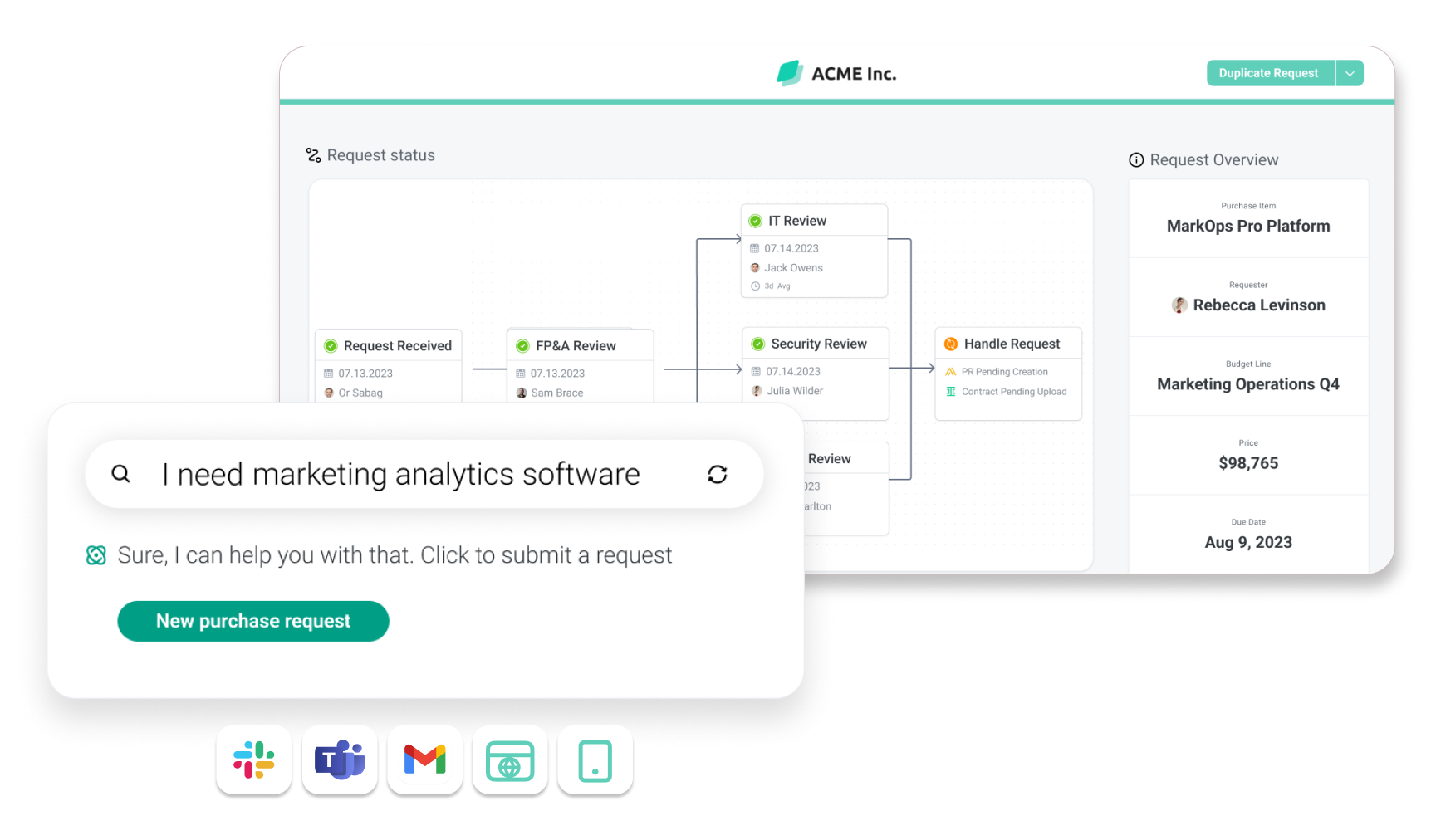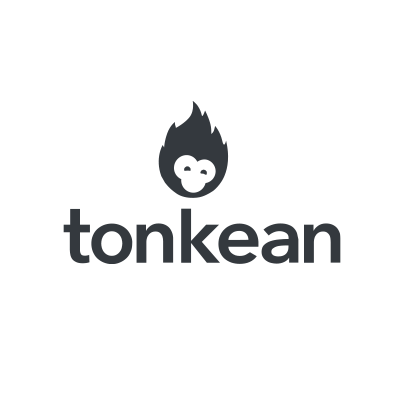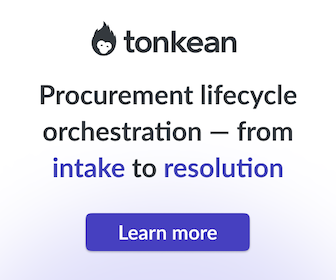Simplify Procurement Processes with AI-Powered Intake Orchestration
Sponsored Content

In any internal service organization, there tends to be lots of talk about the need to make processes more efficient. It is thought that efficiency, more than any other metric, drives value. In the case of procurement, you might hear that increasing process efficiency is what translates most directly into increased spend under management, reduced cycle times, and increased business value.
But to truly improve your internal processes—so they succeed in helping your procurement org achieve its performance goals—increasing efficiency is only one small part of the equation. In fact, increased efficiency is more squarely a byproduct of what the true focus of what your process improvement efforts should be: improving the experience of engaging with those processes.
Why is this? For one thing, experience begets adoption. And perhaps especially in procurement, high process adoption is paramount. Compliance, efficiency, cost saving, being able to focus more completely on creating business value by spending time on things that really move the needle—it all depends on stakeholders following your processes as they’ve been designed.
Consider, for example, the difference for procurement between being able to always capture richer, more complete, and more accurate inputs from requesters submitting intake information through your preferred intake channels versus having to triage requests submitted haphazardly outside of the proper channels. The former ensures you always have what information you need to resolve requests or secure approvals when you need it. The latter requires you to constantly manually track that information down.
The problem, of course, is employees generally don’t follow procurement processes as they’ve been designed, and thus don’t adhere to your prescribed channels. The reason? Traditional procurement processes are incredibly complex. They consist of many steps and require stakeholders to navigate many different systems, including systems that were not designed for them. Such processes are not only inefficient; they’re hard to follow.
It’s fair to point out that procurement processes are not complex without reason. Procurement is itself complex, and has only gotten more so as the challenges procurement works to address have grown larger and more complicated.
But if you want to improve process adoption—and, with it, increase efficiency and performance—your processes cannot feel complex to end-users. Instead, they should feel easy to follow, intuitive, and, above all, simple. Here’s how to do that.
Simple does not mean “simplistic”
First, note that simple does not mean “simplistic.” In fact, making what is complex seem simple is itself complex. It requires an airtight grasp of business logic; the ability to integrate digital tools across systems, data sources, and people; and elegant outputs that abstract the complexity of what’s going on underneath the surface.
Simplification is also about far more than merely eliminating inefficiencie. This is streamlining, which is not the same thing. In a way, streamlining can make processes more complex, because haphazardly cutting steps from workflows in the name of efficiency can in fact remove key pieces of context from those workflows, making them impossible for the average employee to follow. Instead, aspire for simplicity in the context of experience. ”Simple” should be how your processes feel to the people engaging with them.
How to simplify procurement processes using AI-powered intake orchestration
But how to deliver such experiences? New technologies, like intake orchestration, can help. Among other things, intake orchestration solutions, like Tonkean’s ProcurementWorks, allow procurement teams to create and manage intuitive, guided, simple-seeming intake processes that are personalized, context-aware, and that can be initiated through channels where requesters already spend their time: email, Slack, Teams, etc.
With Tonkean, you can also totally centralize your request queue and reporting data—as well as seamlessly orchestrate across systems, data sources, and teams all the handoffs, triggers, automations, and approvals required to resolve intake requests. Orchestration makes this possible because it wraps around and accommodates all your organization’s existing databases, policies, people, and systems. Meaning, you can connect and pass data back and forth between your organization’s mix of people and tools, including ERP and P2P platforms, seamlessly and automatically.
It also allows you to create intake workflows that draw in data and context from a range of outside sources—to cut down on unnecessary steps, pre-fill certain fields, and make the overall experience simpler for the requester. This reduces the need for repetitive communication and ensures that all information is accurate and comprehensive from the outset.
Intake orchestration offers a way to solve the complexity problem by unifying your technology systems and data sources and by enabling you, in turn, to deliver process experiences that meet employees where they are—that give them what they need to complete a task when they need it, and where they want it. Processes that easy to follow increase efficiency almost inherently. So, too, will they give your procurement org what it needs to improve performance. See? Simple.
Ready to learn more? Head over to https://www.tonkean.com/solutions/procurement-works



